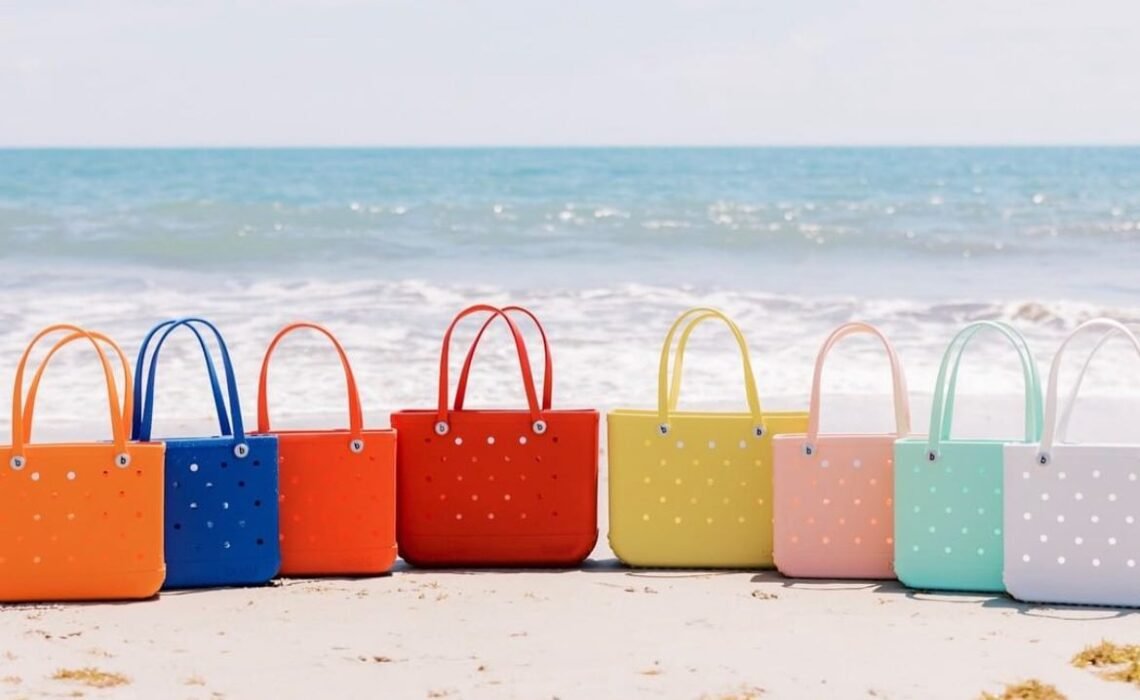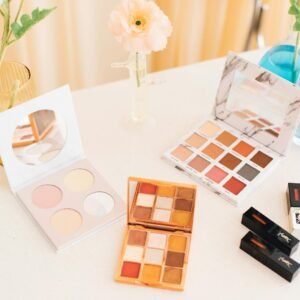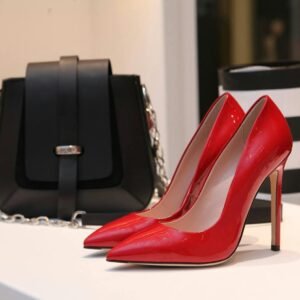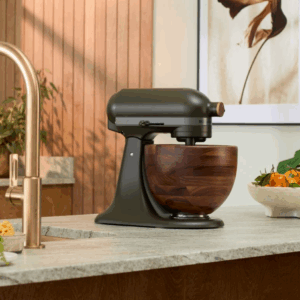In a world increasingly focused on sustainable fashion and thoughtful design, some trends emerge that defy all logic and aesthetic sensibilities. Among these, the Bogg Bag stands out as a particularly perplexing phenomenon, a true enigma of hideousness that has inexplicably captured the attention of consumers. Far from being a stylish or practical accessory, the Bogg Bag represents a nadir of design, a grotesque amalgamation of cheap material and questionable utility that should, by all accounts, have remained a fleeting thought in a designer’s nightmare. This article will dissect the many reasons why the Bogg Bag is arguably the most hideous thing to ever exist, focusing on its inherently poor material choices and its utterly uninspired design.
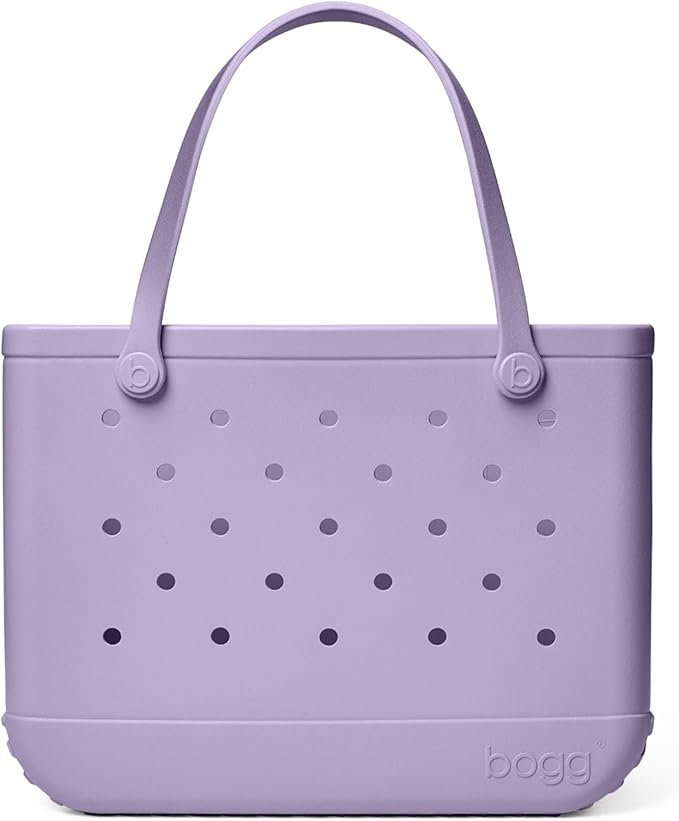
The most glaring offense of the Bogg Bag lies in its material: EVA foam. While EVA (ethylene-vinyl acetate) has its applications in certain products—think Crocs, exercise mats, or even some protective cases—its use in a tote bag, especially one marketed as a fashion accessory, is a fundamental misstep. EVA foam, by its very nature, is a cheap, lightweight, and incredibly unrefined material. It possesses a plasticky, almost rubbery texture that feels unpleasant to the touch. It lacks any semblance of luxury, durability, or tactile appeal. Unlike genuine leather, canvas, or even high-quality synthetic fabrics, EVA foam offers no visual depth, no interesting weave, and absolutely no sense of craftsmanship. It screams “mass-produced” and “disposable,” failing to evoke any positive association with quality or longevity.
Beyond its immediate feel, the practical shortcomings of EVA foam in a bag are numerous. It’s notoriously prone to scratches and scuffs, meaning that a Bogg Bag, even after a few uses, quickly looks battered and worn. This material also has a peculiar habit of attracting dust and lint, making it perpetually appear dirty and unkempt. Furthermore, EVA foam is not particularly resilient to extreme temperatures. Leave it in a hot car, and it can become soft and malformed; expose it to cold, and it becomes rigid and brittle. This inherent fragility undermines any claim of practical utility, as a bag should be able to withstand a variety of environmental conditions without deforming or degrading. The very material chosen for the Bogg Bag ensures its rapid descent into aesthetic decay, transforming it from a questionable accessory into a genuinely repulsive object in short order.
However, the Bogg Bag’s crimes against aesthetics extend far beyond its unfortunate material. Its design is equally, if not more, offensive. The bag’s silhouette is chunky and ungainly, lacking any graceful lines or sophisticated curves. It’s essentially a large, rectangular bucket with oversized holes punched into it. These holes, touted as a functional feature for drainage or ventilation, are perhaps the most egregious design choice. They transform the bag into a bizarre, Swiss-cheese-like monstrosity, rendering it unsuitable for carrying small items that could easily fall out, and diminishing its ability to protect contents from the elements. A bag, at its core, is meant to contain and protect; the Bogg Bag’s design actively undermines these fundamental principles.
The handles are another point of contention. Made from the same unyielding EVA foam, they are thick and inflexible, digging uncomfortably into the shoulder or hand when the bag is loaded. There is no ergonomic consideration, no attempt to make the carrying experience pleasant. They feel clunky and awkward, further contributing to the bag’s overall sense of utilitarian brutality rather than refined elegance.
Then there’s the color palette. While some bags come in muted tones, many are offered in garish, saccharine pastels or neon hues that further amplify the cheapness of the material. These colors, combined with the inherent dullness of EVA foam, create a visual assault that clashes with virtually any outfit or setting. The Bogg Bag simply does not blend in; it shouts its presence, demanding attention for all the wrong reasons. It’s the sartorial equivalent of a blaring air horn in a quiet library—unnecessary, jarring, and entirely out of place.
The popularity of the Bogg Bag is a bewildering paradox. Perhaps it’s the result of aggressive marketing, or perhaps a segment of consumers has been convinced that its supposed “washability” or “beach-friendliness” outweighs its undeniable aesthetic shortcomings. But even these supposed advantages are tenuous. While it can be hosed down, the aforementioned dust-attracting properties of EVA foam mean it quickly becomes grimy again. And while it might be used on a beach, its bulkiness and lack of proper closure make it far from an ideal beach companion compared to, say, a lightweight mesh tote or a durable canvas bag.
In an era where consumers are increasingly conscious of their environmental footprint, the Bogg Bag also raises questions about sustainability. While EVA foam can be recycled in some facilities, its widespread production and the rapid obsolescence encouraged by its low quality contribute to a culture of disposability. A truly well-designed and well-made bag, crafted from durable materials, can last for years, even decades, reducing the need for constant replacement. The Bogg Bag, by contrast, feels like a fleeting trend, destined for landfills once its novelty (or its structural integrity) wears thin.
Ultimately, the Bogg Bag stands as a testament to how far brand hype can carry a product despite its inherent flaws. It’s a bag that fails on virtually every aesthetic and functional metric. Its material is cheap and prone to degradation, its design is clunky and impractical, and its overall appearance is a jarring eyesore. In a world brimming with beautiful and thoughtfully crafted accessories, the Bogg Bag emerges not as a contender, but as a cautionary tale—a stark reminder that not every trend is worth following, and that true style and utility are built on foundations far more solid than perforated EVA foam. It is, without hyperbole, one of the most hideous and ill-conceived products to ever grace the market. 👎👜

